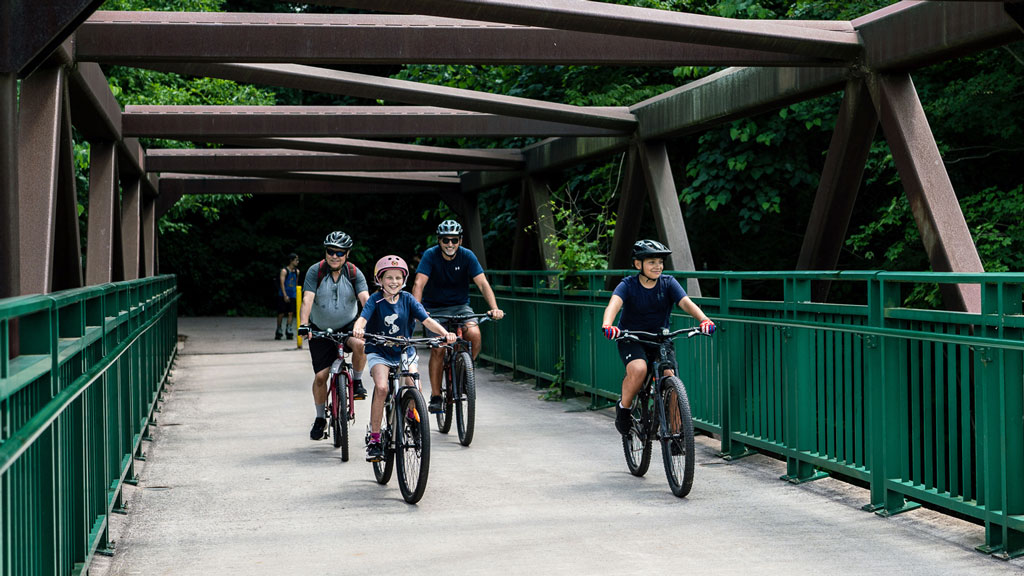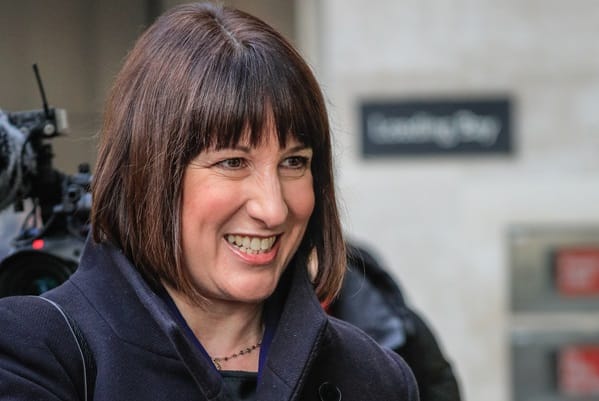Infra
London transportation funding puts the focus on pedestrians and cyclists – Daily Commercial News

The City of London Ontario will be undertaking some major transportation initiatives in a very big way.
But the focus of a recently announced $24.5-million three-way federal/provincial/municipal investment agreement will be improved facilities for pedestrians and cyclists, rather than motorists.
Five separate projects, including a 750-metre-long, three-metre-wide extension of the popular Thames Valley Parkway, will be carried out.
The federal government is providing $9.8 million through the Public Transit Infrastructure Stream (PTIS) of the Investing in Canada Infrastructure Program, while the provincial government is contributing $8.1 million and the city $6.5 million.
London applied for Canada Infrastructure Program funding in 2022, with that application being approved in mid-2023.
Of the five projects, probably the most visually high-profile one will be the extension of the parkway. Extending along all three branches of the Thames River for a collective total of 47 kilometres, the Thames Valley Parkway (TVP) is a well-used multi-use pathway.
“On any given day there can literally thousands of people on it,” says the city’s manager of parks, design and construction, Jeff Bruin.
The extension will fill a gap between Wellington and Maitland streets and will better connect the TVP to the SoHo neighbourhood, an affordable housing development currently being constructed on the site of the former Victoria Hospital.
Connecting with that community was, in fact, a major catalyst for the trailway extension. To be located at the south of the development, an urban park corridor or promenade known as the Thames Valley Corridor is an integral component.
The corridor will be comprised of a range of features including seating the future residents can use, a lookout, lighting and a space for public events, says Bruin.
Designing and planning for those features was a complex endeavour as it required extensive consultation with the public, regulatory agencies and the developers, he points out.
While the asphalt trailway will be built on fairly level land which has few obstacles, that consultation is representative of the project’s complexities.
Other challenges include the erection of a pedestrian bridge and number of ecological enhancements along the route including the management of invasive species and the creation of a turtle nesting habitat.
Dillon Consulting is the consultant and will be the contract administrator once construction is underway. Sometime this fall the city will issue a tender for a general contractor. Construction will start early next year, with completion scheduled by the end of 2025.
“But it might slip into 2026.”
A second future phase will include the creation of a district park. That will be paid for by the city and is not part of the $24.5 million three-way funding agreement, says Bruin.
As for the four other projects, they include the construction of 13 kilometres of new cycling lanes on the road or in the boulevard of Bradley Avenue, Cheapside Street and Central Avenue.
Other work includes the installation of new pedestrian crossings, the erection of new bicycling parking structures and improved accessibility of a number of signalized intersections in compliance with the Accessibility for Ontarians with Disabilities Act.










